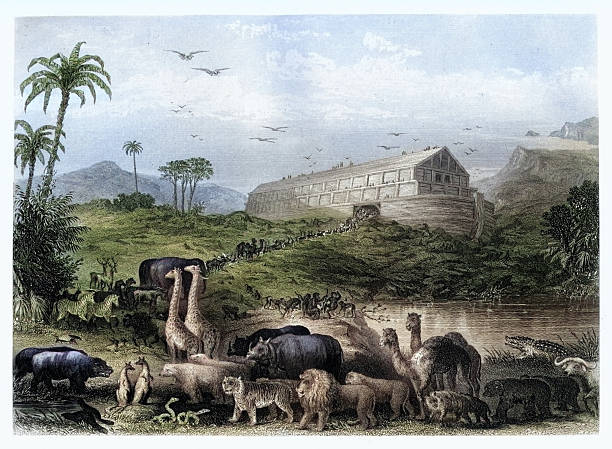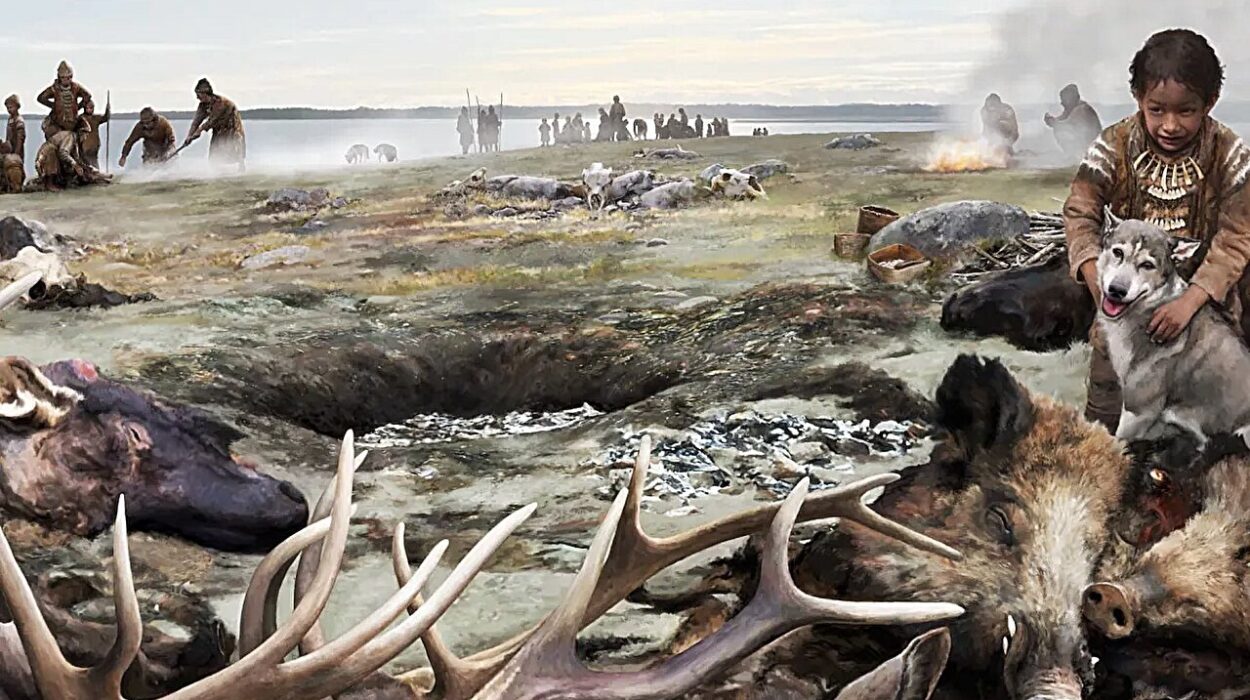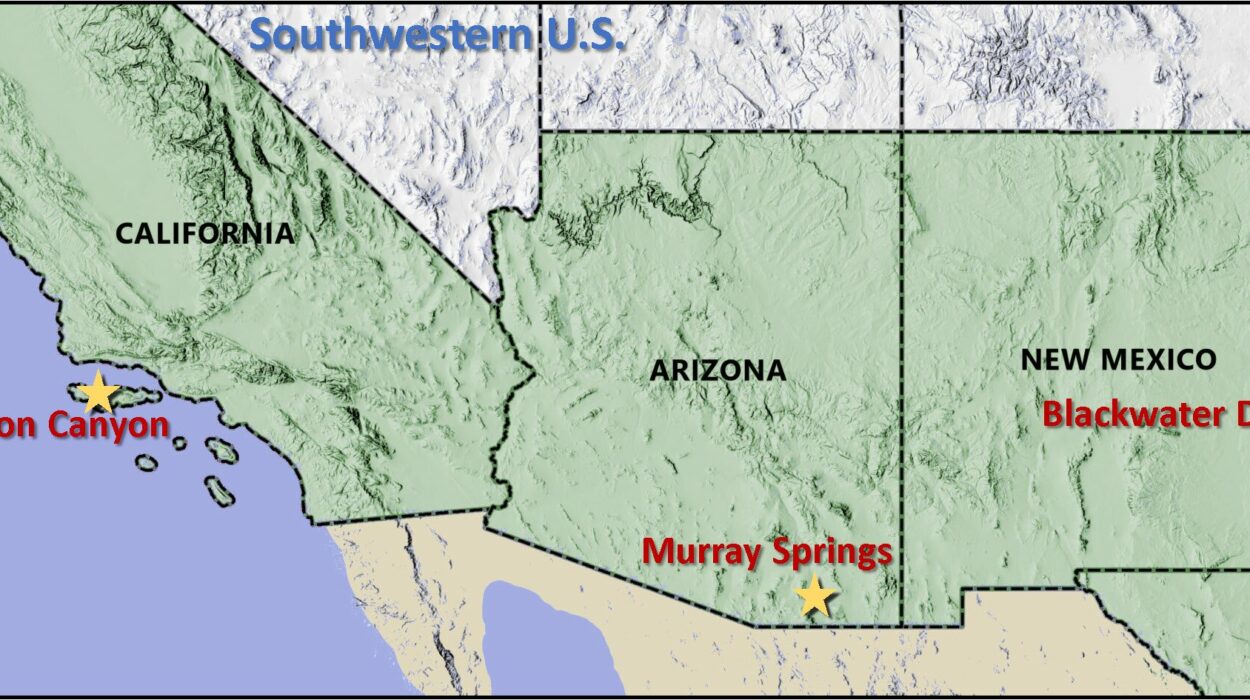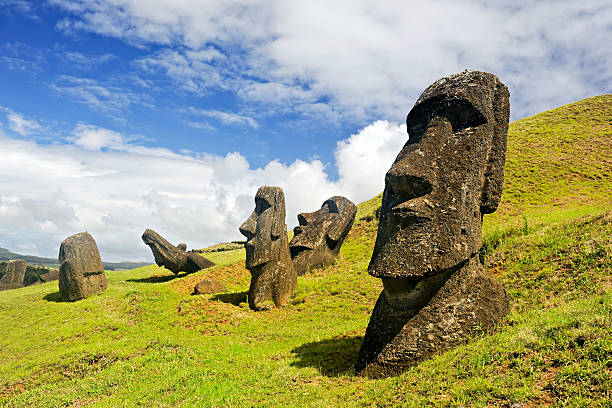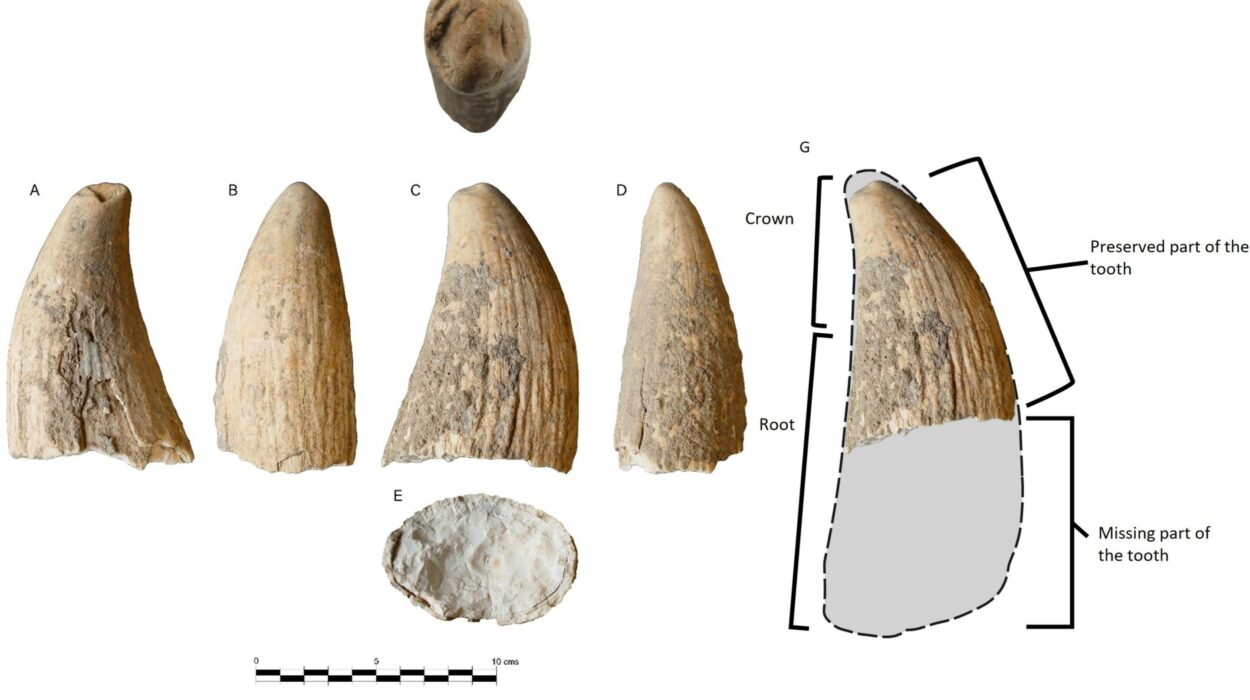Few stories from the ancient world have gripped the human imagination like the tale of Noah’s Ark. A man, warned by God of a coming flood, builds a massive vessel to save his family and pairs of animals from destruction. The waters rise, covering the Earth, but Noah’s ark floats safely, eventually resting on the mountains of Ararat. It is a story of judgment and mercy, of devastation and survival, of endings and beginnings.
But beyond its role in scripture and tradition, the Ark has become one of the most enduring mysteries of both faith and science. For centuries, explorers, theologians, archaeologists, and even modern scientists have scoured mountains, ancient texts, and geological records to answer a profound question: Was there ever a real Ark?
Is the story a literal historical event? A myth rooted in collective memory of ancient floods? Or perhaps something in between—a symbolic tale built upon kernels of truth from a distant past?
The search for Noah’s Ark is not just a search for wood on a mountaintop. It is a quest to reconcile human faith with scientific evidence, to trace the line between myth and reality, and to understand the relationship between humanity and the forces of nature that have shaped our world.
The Ancient Flood Stories
The story of a great flood is not unique to the Bible. In fact, flood myths appear across many ancient cultures, suggesting that memories of catastrophic inundations left a profound mark on humanity’s storytelling.
In Mesopotamia, the Epic of Gilgamesh—written centuries before the Hebrew Bible—describes a flood sent by gods to wipe out humanity. A man named Utnapishtim builds a boat, saves animals, and survives the deluge, paralleling Noah’s story with uncanny detail.
In India, Hindu mythology tells of Manu, warned by a fish-god of a great flood, who builds a boat to save himself and seeds of life. In Greece, Deucalion and Pyrrha survive a flood sent by Zeus by retreating to a chestlike vessel. Indigenous traditions across the Americas, Asia, and Africa recount devastating floods that destroyed civilizations and reshaped landscapes.
The recurrence of these stories does not prove a single, global flood. Instead, it hints at the shared vulnerability of early civilizations to rising waters, swollen rivers, and sudden climate events. These myths may reflect not only the terror of floods but also the resilience of human memory, passed down through generations in symbolic form.
The Biblical Account
The Book of Genesis provides the most well-known version of the flood narrative. God, seeing human wickedness, decides to cleanse the Earth with water. Noah, described as righteous, is commanded to build an ark of “gopher wood,” sealed with pitch, measuring 300 cubits long, 50 cubits wide, and 30 cubits high—a vessel the size of a modern ship.
Into this ark Noah brings his family and pairs of animals, “two of every kind,” though another passage specifies seven pairs of clean animals and birds. The rains fall for 40 days and nights, and waters cover the highest mountains. After months adrift, the ark comes to rest “on the mountains of Ararat.” Eventually, Noah sends out a raven and a dove; when the dove returns with an olive leaf, Noah knows the waters are receding.
To believers, this is divine history. To skeptics, it is symbolic allegory. To archaeologists and historians, it is a text to be read in the context of the ancient Near East. Each perspective brings its own lens to the search for truth.
The Mountains of Ararat
Genesis places the Ark’s final resting place on the “mountains of Ararat.” Today, this phrase is commonly associated with Mount Ararat in modern-day Turkey, a towering volcanic peak rising over 16,000 feet. Snow-covered and remote, it has long been the focus of Ark hunters.
Over the centuries, countless expeditions—by adventurers, missionaries, and explorers—have claimed to find evidence: strange wooden beams, frozen structures, or shadowy shapes glimpsed from above. In 1952, French explorer Fernand Navarra reported retrieving wood from high on Ararat, carbon-dated to several thousand years ago, though critics argue it could have been from ancient trees or human settlements.
In 2010, a Chinese-Turkish expedition announced the discovery of wooden structures buried in ice on Mount Ararat, claiming them as remnants of the Ark. Yet skepticism followed, with accusations of planted evidence. Scientific verification remains elusive.
The sheer difficulty of exploring Mount Ararat—due to harsh weather, political instability, and dangerous terrain—adds to the mystery. Even with satellite technology, no conclusive evidence has surfaced. The mountain continues to guard its secrets, fueling both faith and doubt.
Was There a Global Flood?
The idea of a worldwide flood covering every mountain has long been challenged by science. Geology, hydrology, and physics raise serious problems with a literal interpretation.
For one, there is not enough water on Earth to submerge all landmasses. Even if polar ice caps melted, sea levels would rise catastrophically—but not enough to cover mountains like Ararat or Everest. The logistics of housing millions of species on a single vessel, feeding them, and repopulating the Earth afterward also defy biological feasibility.
Yet, dismissing the flood entirely ignores the real possibility of regional cataclysms. Ancient Mesopotamia—the cradle of civilization—lies between the Tigris and Euphrates rivers, a region prone to devastating floods. Archaeological evidence shows layers of flood deposits in cities like Ur and Shuruppak, dating back thousands of years, which could have inspired stories of destruction and survival.
Another hypothesis, known as the “Black Sea Deluge Theory,” suggests that around 7,600 years ago, rising Mediterranean waters breached into the Black Sea basin, dramatically flooding the region. Such an event could have left a lasting impression, inspiring flood myths passed down orally and reshaped through culture and religion.
The Ark as Symbol
Even if a literal Ark is never found, the story carries symbolic power that transcends its physical reality. The Ark represents salvation in the midst of destruction, a vessel of hope in a sea of despair. It is a reminder of human vulnerability to nature’s forces and the possibility of renewal after catastrophe.
In theological traditions, the Ark symbolizes obedience, faith, and covenant. In literature and art, it embodies resilience and rebirth. In modern culture, it inspires everything from children’s toys to blockbuster films. The image of animals marching two by two into a great wooden ship is etched into humanity’s collective imagination.
From a psychological perspective, the flood myth may echo humanity’s fear of chaos—water as a symbol of overwhelming destruction—and the yearning for order, survival, and divine protection. The Ark is not only a story of the past but also a metaphor for every storm we endure and every refuge we seek.
Modern Ark Hunters
Despite skepticism, the search for Noah’s Ark remains alive. Television documentaries, internet forums, and exploration societies continue to chase leads. Some argue for sites beyond Turkey—such as Iran’s Mount Judi, where Islamic tradition places the Ark’s landing, or even mountains in Armenia.
High-tech methods—ground-penetrating radar, satellite imaging, drones—have been employed, but no discovery has met the rigorous standards of peer-reviewed science. Critics dismiss Ark hunting as pseudoscience, pointing out the lack of verifiable artifacts and the frequent presence of confirmation bias.
Yet for many, the search itself is the point. It is less about finding wood than about finding meaning. The allure of solving an ancient mystery, of connecting faith with evidence, keeps the hunt alive, even when results are inconclusive.
Science and Myth in Conversation
The story of Noah’s Ark sits at the intersection of science, history, and mythology. To some, the absence of physical evidence proves it is merely a myth. To others, the persistence of flood stories across cultures suggests a foundation in real events.
Science demands evidence: datable wood, artifacts, or geological proof. Faith requires none, seeing the Ark as a divine mystery beyond human verification. Between these positions lies a dialogue that enriches both perspectives.
Archaeology can reveal the flood deposits of Mesopotamia. Geology can trace the history of rising seas. Anthropology can explain how stories evolve over generations. Theology can interpret the moral and spiritual meaning. Together, these perspectives show that the Ark may be less about a single boat on a mountain and more about humanity’s enduring confrontation with nature and with the divine.
Lessons for Our Time
Why does the story of Noah’s Ark still matter today? Because floods—literal and metaphorical—still threaten us. Climate change brings rising seas and extreme weather, displacing millions. Pandemics, wars, and ecological crises remind us of human fragility.
The Ark story, whether historical or mythic, challenges us to build our own “arks”—not wooden ships, but systems of resilience, compassion, and sustainability. Just as Noah preserved life, we face the responsibility of preserving biodiversity, protecting ecosystems, and ensuring the survival of future generations.
In this sense, the Ark is not just a story of the past but a call to action for the present. It asks us: when the floods come—whether of water, fire, or crisis—what will we carry with us into the future?
The Enduring Mystery
Will Noah’s Ark ever be found? Perhaps not. Perhaps it decayed centuries ago, leaving only memories. Or perhaps it lies buried in ice, waiting for some future discovery.
But in another sense, the Ark has already been found—in the pages of scripture, in the soil of Mesopotamia, in the echoes of flood myths across the globe, and in the human imagination that refuses to let the story fade.
The search for Noah’s Ark is less about locating a wooden vessel and more about navigating the waters between science and myth, between fact and faith. It is about the human longing for survival, meaning, and connection to something greater than ourselves.
The Ark may or may not exist in history, but it certainly exists in humanity’s heart. And in that sense, the search will never end.
